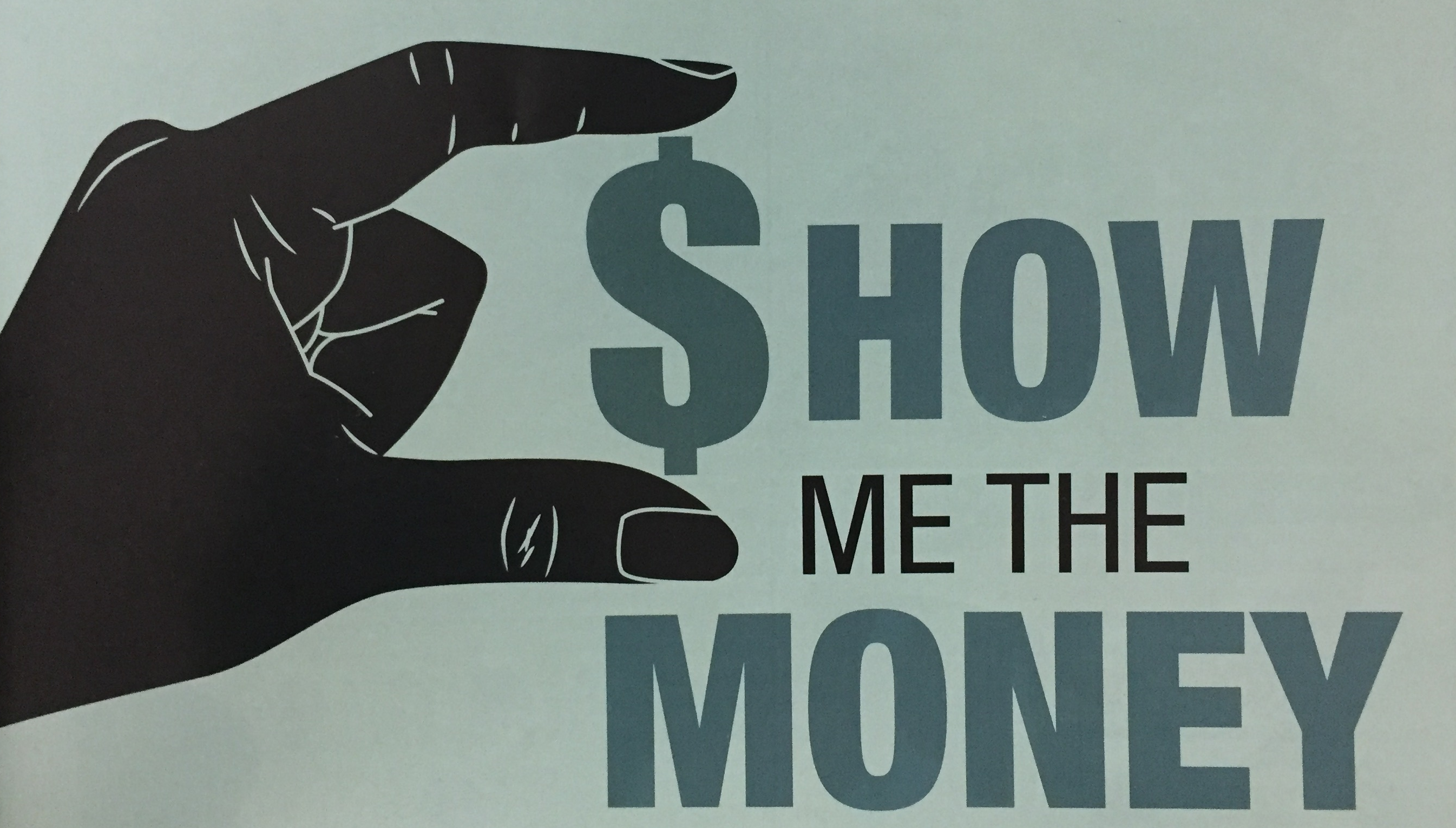
23 Jul Show Me The Money: The New Multicultural Mainstream
It is no secret that more than 120 million multicultural consumers are transforming America. At 40 percent of the U.S. population today, these consumers are a large, growing and young segment of the population that will soon represent more than 60 percent of it. The change in demographics creates a shift in buying power and marketplace influence that demands companies evaluate their multicultural planning efforts — not based on “the right thing to do” or based on “future population growth,” but instead based on it being a business imperative.
American Population Growth Depends on Immigrants and People of Color
More than 90 percent of U.S. population growth during the past 15 years was driven by nonwhite populations, with Hispanics accounting for the majority. This trend is expected to continue, while the White population is expected to decline steadily and significantly over the next few decades. It is worth acknowledging rumblings regarding the future status of unauthorized immigrants in this country — even if the most aggressive immigration policy was in place, Hispanics would remain the largest ethnic segment, contributing more population growth than any other segment.
Birth rates for whites recently dipped to a 30-year-low, and fertility rates have dropped below replacement level. Upward trends in birth rates, household formation rates, immigration and intermarriage rates for people of color are contributing to higher nonwhite growth in population and consumption. For perspective, of the 11 million households formed during the past decade, eight million were multicultural households. Also, more than 50 percent of babies born each year in the United States are nonwhite.
The Big Shift Has Already Occurred
By 2044, the United States will be a “majority—minority” country, and the majority of the population will be multicultural, while whites will be the minority; however, due to the geographical concentration of nonwhites in some areas, people of color are the “majority-minority” in some cities, counties and states. Nonwhites are now the majority in California, Florida, Texas, Georgia, New Mexico, Nevada and New Jersey and in significant counties all over the country. While the largest sub-segments nationally are 18 percent Hispanic and 13 percent African American, the largest ethnic/racial group varies significantly by region. For example, Charlotte is 10 percent Hispanic and 22 percent African American.
Ethnic populations also vary by age or generation. Older populations are considerably less diverse, and younger generations are significantly more diverse. The coveted Millennial generation represents 25 percent of the population, 30 percent of voting age population and 40 percent of the working population; today almost half of those in this generation are nonwhite.
The Opportunity of the Multicultural Market
Ethnic buying power will continue to grow much faster than that of whites, and nonwhites contributed to or drove expenditure growth across many industries such as paint, insurance, transportation, health care, electronics, entertainment and personal care. In some cases, nonwhite consumers even buoyed industries such as auto, food, dairy, apparel and education, that otherwise would have seen negative growth during the same period. For example, according to the Harvard State of the Nation’s Housing 2017 study, nonwhites drove more than 70 percent of the net growth in homeownership.
Multicultural consumers skew significantly younger, they have many more years of buying power and they are therefore projected to drive 60-80 percent of total expenditure growth. Strategic companies that want to leverage the higher remaining cumulative lifetime spending of ethnic consumers will weave new strategies into their businesses, to attract today’s multicultural consumers, employees and suppliers and tomorrow’s new households and families. Successful companies will then create lasting loyalty and a significantly impact to their bottom lines.
This article was originally featured in PRIDE Magazine.




